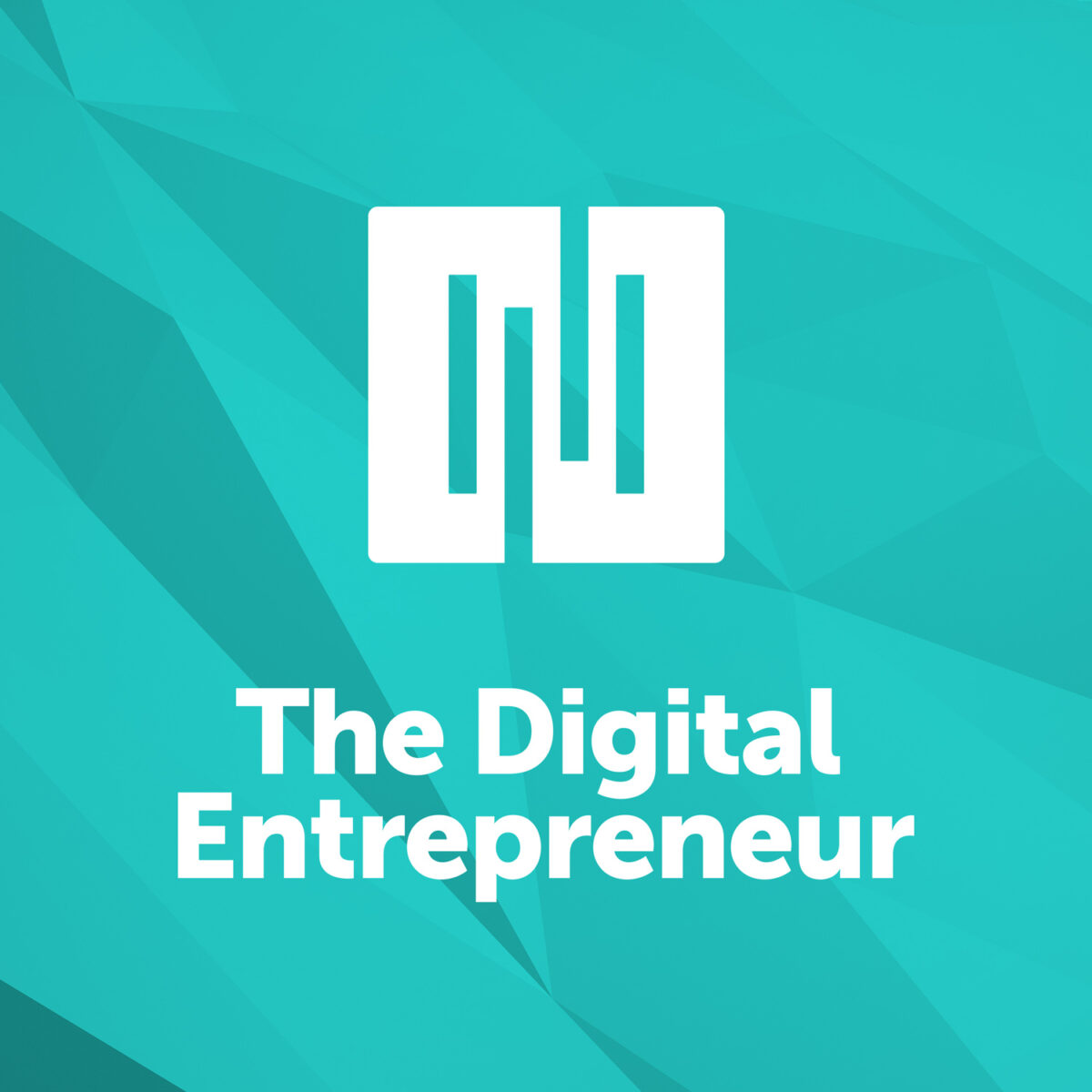What Every Online Marketer Must Know about Google Analytics

Annie Cushing (@annielytics) discusses how to avoid the most common mistakes with Google Analytics.
At the heart of online marketing is data. And while it is important, it can often be confusing to understand and hard to act on.
Lucky for you, we have a true expert in the field of Google Analytics joining the show to help you get the most from your Google Analytics data.
In this 32 minute episode, Sean Jackson and Katy Katz interview Annie Cushing and guide you through the most important elements of Google Analytics.
